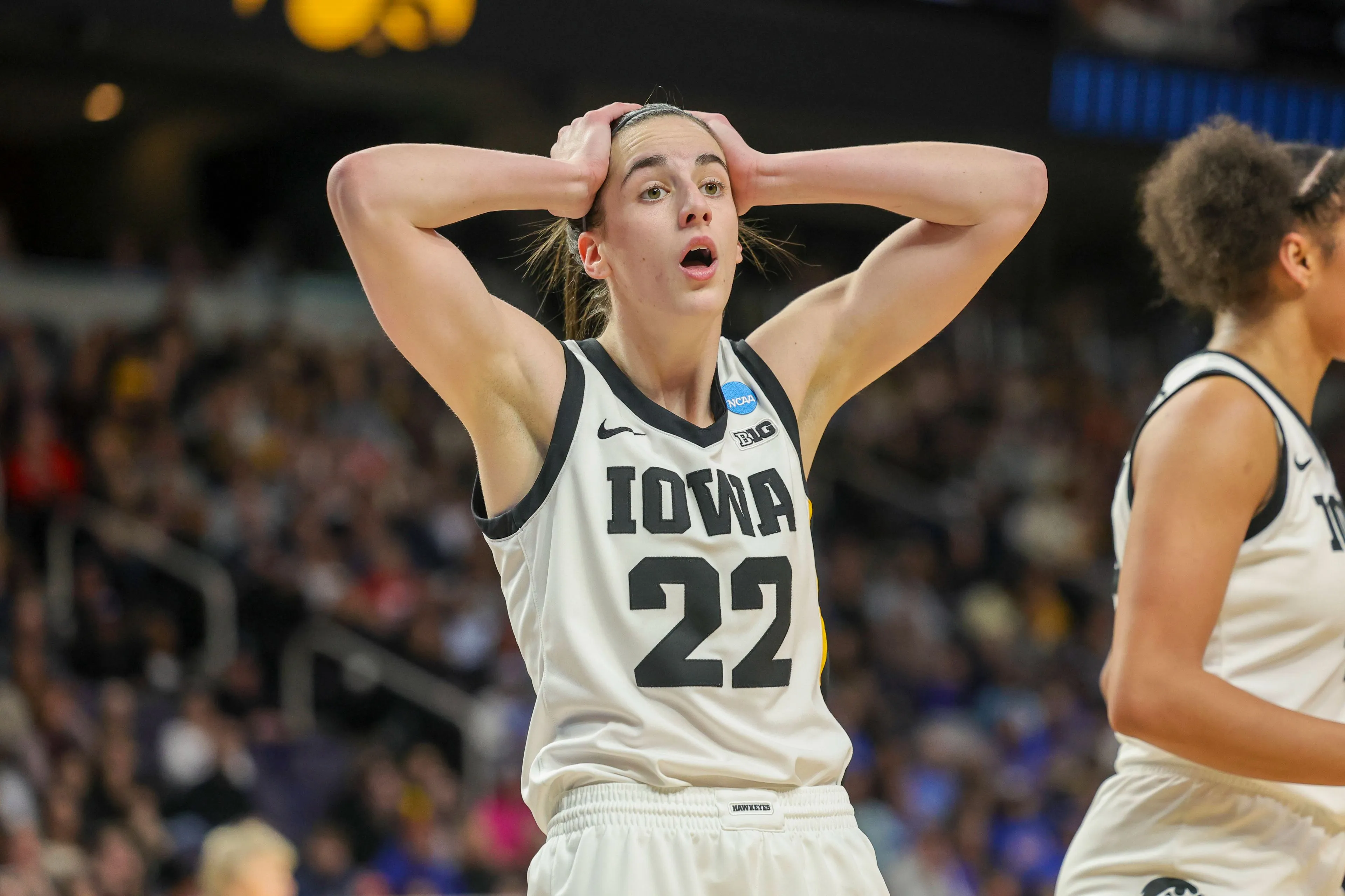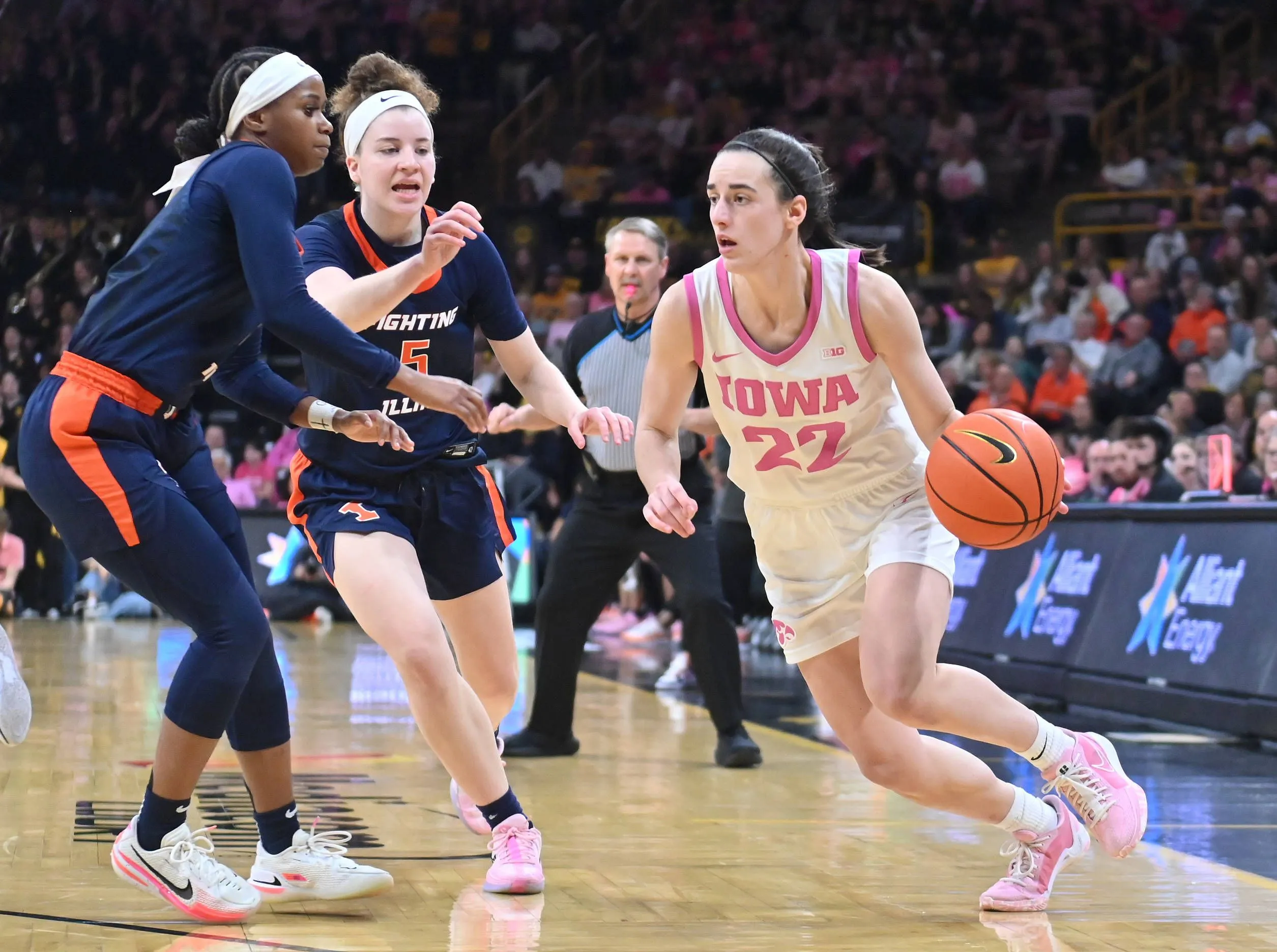NCAA
The NCAA, or National Collegiate Athletic Association, is a nonprofit organization in the United States that regulates and organizes the athletic programs of many colleges and universities. It is the main governing body for college sports and student-athletes.
Key points about the NCAA:
- Formation and Purpose:The NCAA was founded in 1906 and is headquartered in Indianapolis, Indiana.Its primary purpose is to oversee and organize the athletic programs of colleges and universities, ensuring fair competition and the well-being of student-athletes.
- The NCAA was founded in 1906 and is headquartered in Indianapolis, Indiana.
- Its primary purpose is to oversee and organize the athletic programs of colleges and universities, ensuring fair competition and the well-being of student-athletes.
- Membership:The NCAA has over 1,100 member institutions, including universities and colleges across the United States.These institutions are divided into three divisions: Division I, Division II, and Division III, based on the level of competition and resources.
- The NCAA has over 1,100 member institutions, including universities and colleges across the United States.
- These institutions are divided into three divisions: Division I, Division II, and Division III, based on the level of competition and resources.
- Divisions:Division I: This is the highest level of NCAA competition. Schools in this division often have larger budgets and offer more scholarships to athletes. Division I is further divided into Football Bowl Subdivision (FBS) and Football Championship Subdivision (FCS) for football programs.Division II: Schools in this division also offer athletic scholarships but to a lesser extent than Division I.Division III: This division includes schools that choose not to offer athletic scholarships. Student-athletes in Division III compete for the love of the game.
- Division I: This is the highest level of NCAA competition. Schools in this division often have larger budgets and offer more scholarships to athletes. Division I is further divided into Football Bowl Subdivision (FBS) and Football Championship Subdivision (FCS) for football programs.
- Division II: Schools in this division also offer athletic scholarships but to a lesser extent than Division I.
- Division III: This division includes schools that choose not to offer athletic scholarships. Student-athletes in Division III compete for the love of the game.
- Sports:The NCAA oversees a wide range of sports, including football, basketball, baseball, soccer, track and field, and many others.March Madness, the NCAA Men's Basketball Tournament, is one of the most popular and widely watched events organized by the NCAA.
- The NCAA oversees a wide range of sports, including football, basketball, baseball, soccer, track and field, and many others.
- March Madness, the NCAA Men's Basketball Tournament, is one of the most popular and widely watched events organized by the NCAA.
- Student-Athlete Eligibility:The NCAA has strict rules regarding the eligibility of student-athletes. These rules cover academic performance, amateurism, and participation in recruiting.Student-athletes must meet certain academic standards to maintain eligibility.
- The NCAA has strict rules regarding the eligibility of student-athletes. These rules cover academic performance, amateurism, and participation in recruiting.
- Student-athletes must meet certain academic standards to maintain eligibility.
- Championships and Tournaments:The NCAA hosts national championships and tournaments in various sports.The most notable is the NCAA Men's Basketball Tournament, widely known as March Madness, and the NCAA Women's Basketball Tournament.
- The NCAA hosts national championships and tournaments in various sports.
- The most notable is the NCAA Men's Basketball Tournament, widely known as March Madness, and the NCAA Women's Basketball Tournament.
- Rules and Regulations:The NCAA establishes and enforces rules and regulations to maintain a level playing field among member institutions.Violations of NCAA rules can result in penalties, including fines, loss of scholarships, and postseason bans.
- The NCAA establishes and enforces rules and regulations to maintain a level playing field among member institutions.
- Violations of NCAA rules can result in penalties, including fines, loss of scholarships, and postseason bans.
- Revenue and Finances:The NCAA generates significant revenue from its championships, especially from media rights deals for events like March Madness.Revenue is distributed among member institutions to support athletic programs and other initiatives.
- The NCAA generates significant revenue from its championships, especially from media rights deals for events like March Madness.
- Revenue is distributed among member institutions to support athletic programs and other initiatives.
- Criticism and Controversies:The NCAA has faced criticism for issues such as the commercialization of college sports, concerns about athlete compensation, and questions about the balance between academics and athletics.
- The NCAA has faced criticism for issues such as the commercialization of college sports, concerns about athlete compensation, and questions about the balance between academics and athletics.
- Ongoing Evolution:The NCAA continues to evolve, addressing challenges and adapting to changes in the landscape of college sports, including discussions around athlete compensation and the role of athletes in decision-making.
- The NCAA continues to evolve, addressing challenges and adapting to changes in the landscape of college sports, including discussions around athlete compensation and the role of athletes in decision-making.
The NCAA plays a crucial role in shaping the landscape of college sports in the United States and providing opportunities for student-athletes to compete at the collegiate level.
News
Loading







